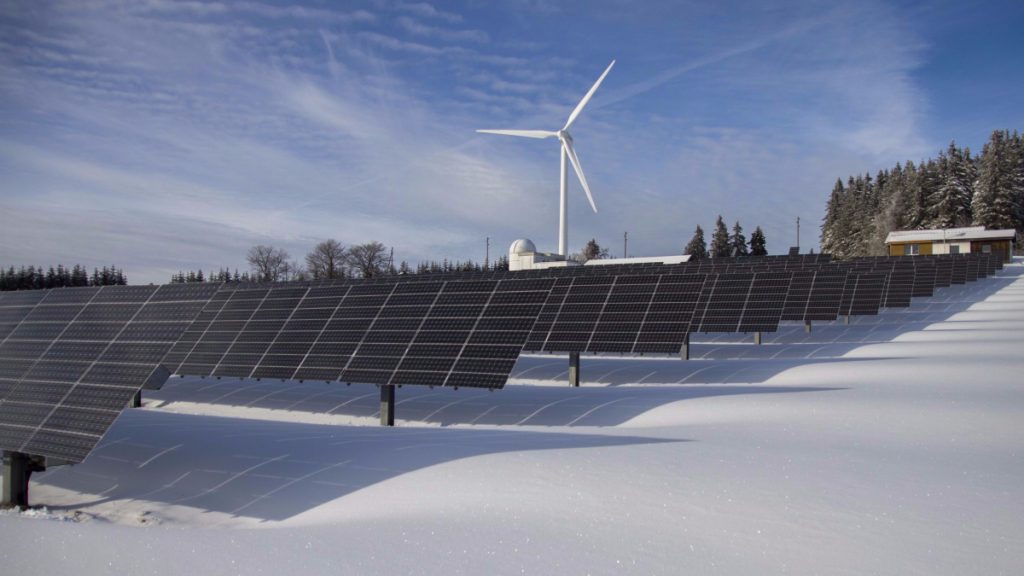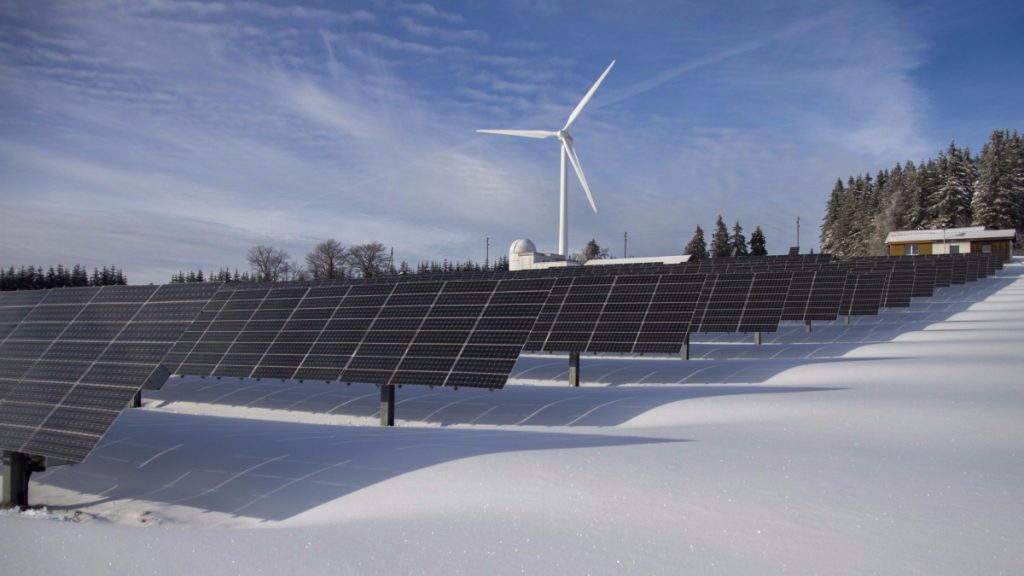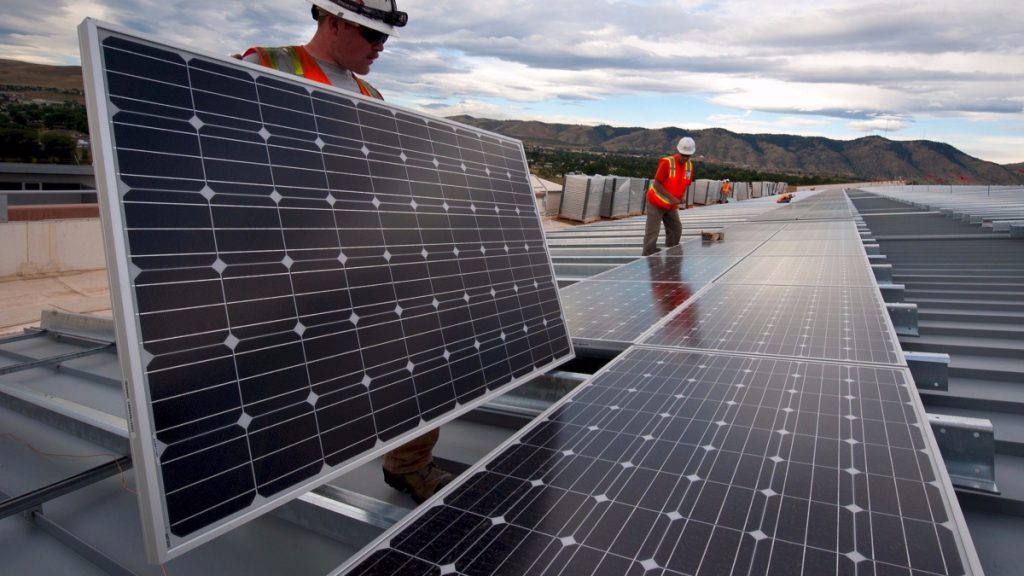
Factors affecting solar electricity production
According to a report from the International Agency, solar is the world’s fastest-growing source of power. You probably noticed solar panels on rooftops or you use solar energy, but have you ever asked yourself how it all works? The process of generating solar energy is a mystery for most people, probably even you. This article simplifies the entire process to help you understand.
Step 1: Sunlight is collected by the solar panels
There are two types of solar panels; thermal and photovoltaic.
- Thermal solar energy
These solar panels work by concentrating sunlight producing heat. This heat is then applied on to a steam generator which then produces electricity. This heat can also be used to destroy hazardous waste, heat water, dry crops, or in heating buildings.
They are the most popular and widely used. The entire system is made of many cells containing silicon; a strong semi-conductor. One cell is not capable of producing enough electricity. That is why the cells are wired together so as to form solar panels.
When photons, the building blocks of solar power, hit the solar panel they are absorbed. After the photons are absorbed the silicon cells emit electrons. The electrons emitted from the silicon cells all gather at the top, thus creating a charge imbalance. This produces direct current (DC). DC cannot power your house. That is why it is connected to the inverters.
Step 2: The inverters
At the back of each solar panel, there is an inverter. The role of the inverter is to convert DC electricity into AC. With DC electricity all the electrons flow in one direction around the circuit. With AC electricity the electrons are pulled and pushed and periodically reverse direction. AC electricity is the one that is primarily used. That is why DC has to be converted into AC.
Step 3: Net meter
The AC electricity from the inverter then flows into the net meter of the building. The net meter does not just measure how much you draw from the grid but also the extra power the panels are putting into the grid.
At this point, you can comfortably use the electricity in your home.
Factors affecting solar electricity production
Now that you understand how energy is harvested from the sun, you should understand which factors affect production.
• Shade – solar panels in the shade do not produce as much electricity as those under direct sunlight.
• Seasons – the day to day solar energy production will differ. On cloudy winter days, production will be at the lowest when compared to sunny summer days.
• Tilt – your roof’s pitch, location and the direction the roof is facing have an effect on how the system works. In an ideal situation, the panels should be at the same angle as the latitude where they are mounted. In most scenarios, 30-45 degrees will work.
These factors can be quite confusing. That is why it is advisable to hire an expert to help you.
Benefits of using solar energy
• It is a renewable source of electricity.
• Conversion of the electricity is immediate and fast. This means that there is no need for a generator if you have solar panels.
• There are few movable parts hence low maintenance and little to no supervision.
• There is no environmental impact since there is no waste.


